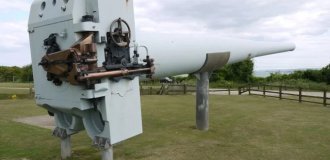Many men remain boys all their lives. Only their toys are becoming more and more expensive and dangerous. And these photos are real proof of this. 
In the 1920s, men regularly shot each other. But not for the purpose of reprisal, but to obtain advertising photographs. 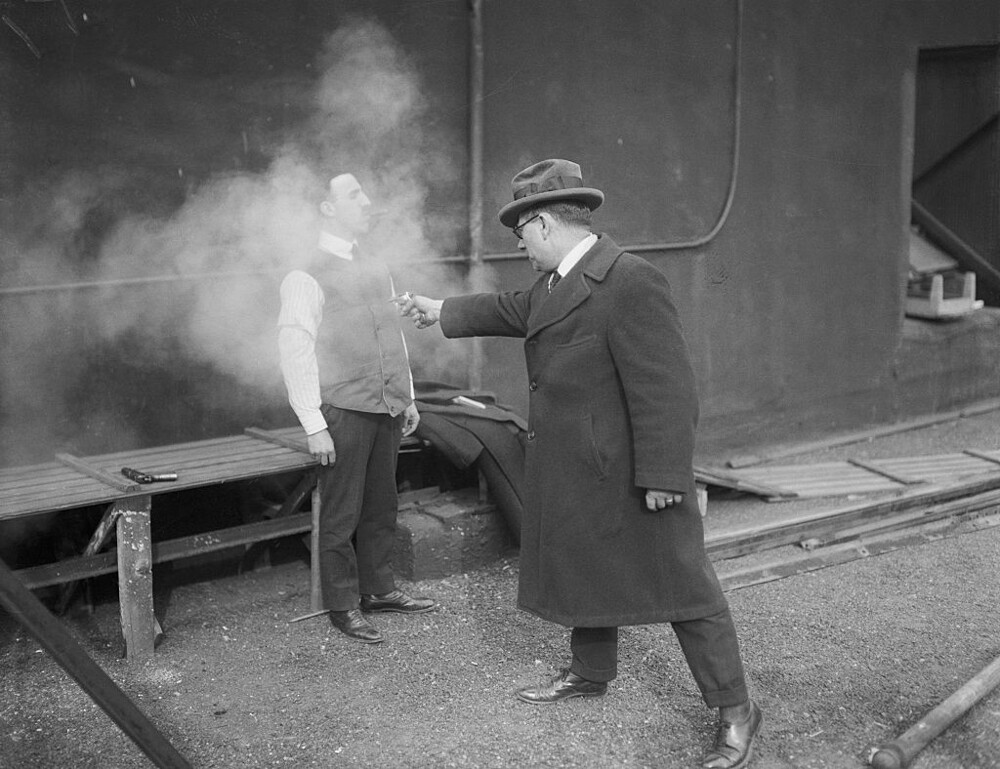
Testing a bulletproof vest in New York, ca. 1920s
On March 15, 1922, a photographer captured Leo Krause being shot at close range near Carnegie Hall. However, Krause was not actually a murder victim. He was a salesman who traveled the world demonstrating superpowers that gave him a patented bulletproof vest. It was one of the first of more than 4,000 bullets he later estimated hit him during his 27-year career. And he knew that images like these were the key to increasing sales and profits.
But the history of the origin of body armor is much more complicated... 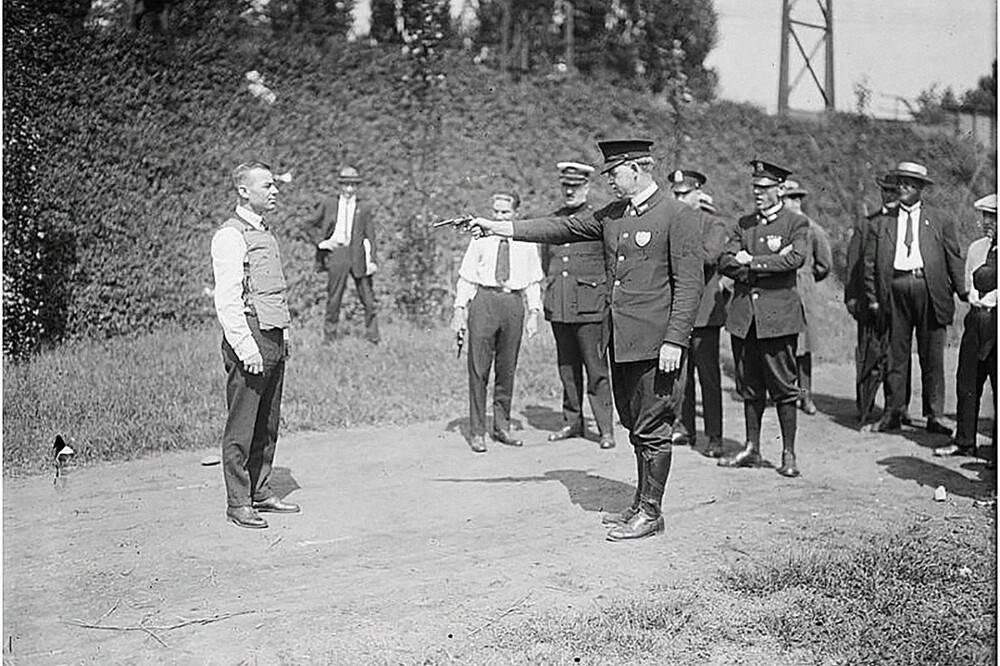
Demonstration of a bulletproof vest, ca. 1923
The February 15, 1902 issue of Scientific American had great news: the brilliant inventor Jan Szczepanik, often referred to in the press as the Polish Edison, had recently unveiled the first “bullet and dagger proof vest” made from tightly compressed silk:
Very impressive and dramatic are the tests of shooting at a living person who, aware of his invulnerability, calmly, without moving a single muscle, exposes his chest, protected by a wonderful silk fabric, to deadly bullets... The bullets bounce off the vest like hailstones from iron armor , and fall to the ground with a flattened tip. 
Jan Szczepanik
To convey this idea to the reader, the magazine featured a soon-to-be-iconic photograph of a stylish gentleman proudly sticking out his vest-covered belly towards another man in a hat, who was shooting at him with a revolver from literally half a meter away. This is the first image of the vest in action and one of a series of images of tests of bulletproof vests that captured the public imagination at the beginning of the last century.
However, the publication most likely did not understand that by publishing the image and article, it thereby promoted Szczepanik. As a result of such good publicity, Szczepanik is still often credited today with the invention of the bulletproof vest. However, as it turns out, he got the idea from a Polish priest in Chicago named Casimir Zeglen. 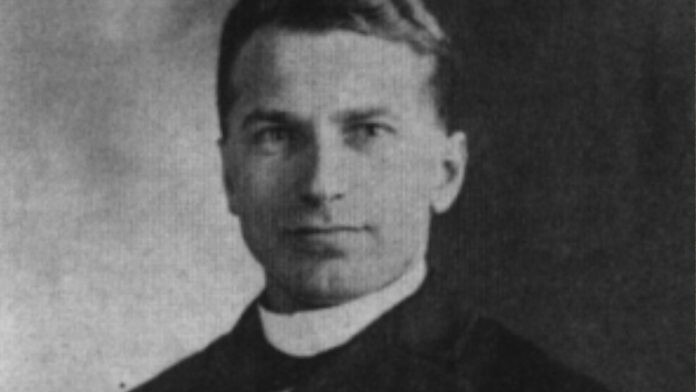
Casimir Zeglen
Slawomir Lotysz, a professor at the Institute of the History of Science at the Polish Academy of Sciences in Warsaw, became interested in the controversial story. For several years he diligently studied archival Polish-language correspondence and newspapers in order to better understand the relationship between Zeglen and Szczepanik. And he discovered an archive of Zeglen’s letters in Rome, which revealed the full depth of the Polish Edison’s deception. Of course, questioning Szczepanik's achievements in Poland is the same as trying to do the same with Edison in the USA.
But Lotysh outlined the chronology of the creation of the body armor in 2014 in an article published in the scientific journal Arms & Armor.
It turns out that the idea to create bulletproof clothing first came to the priest Zeglen in 1893, when the mayor of Chicago, Carter Harrison Sr., was shot to death on the threshold of his home by a mentally unstable mailman. Zeglen had only recently received an assignment from his church to serve in Chicago's huge Polish community and was determined to do something about the violence in his new home. By 1897, he had patented his new method of weaving silk into layers thick enough to stop bullets. In fact, it was the world's first soft work armor. That same year, he began giving presentations on his new technology. He would put on a bulletproof vest and then force a soldier to shoot him with a pistol. 
A stamp was issued in honor of Szczepanik
It created such a sensation that he took the show to New York later that year. The demand for his new vests became so great that he realized that he needed to go to Europe, where the first mechanical looms, capable of creating large quantities of material, already existed, and begin producing the vests on an industrial scale.
He first met Szczepanik in Vienna in early 1898, just after the inventor had been hailed as a genius by none other than Mark Twain for his creation of a proto-television known as a telectroscope and a new process for mechanically printing images on fabric.
Szczepanik had automated weaving technology that made it possible to create Zeglen vests in large volumes. So the men signed an agreement, and Zeglen returned to the States to continue promoting his invention. 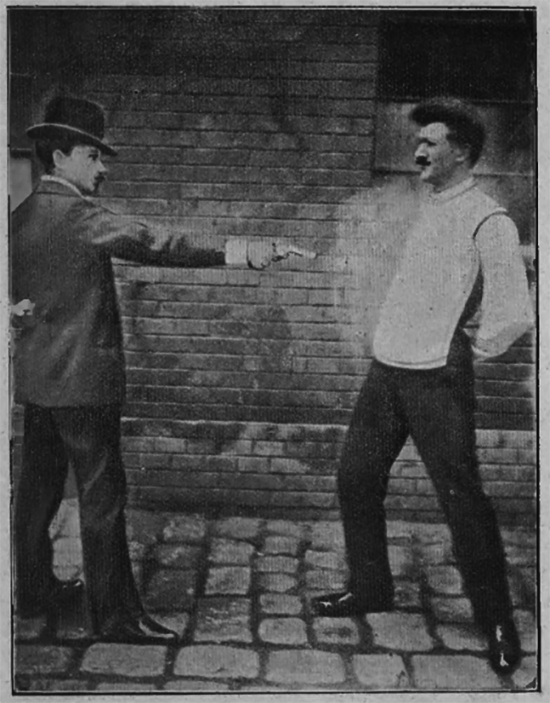
Mr. Borzykowski shoots Josef
For the next three years, Zeglen toiled in relative obscurity, trying to convince police departments to buy his incredibly expensive silk vests. But unsuccessfully. But then, in 1901, the son of Polish immigrants sparked a surge in demand for bulletproof vests. That September, at an exhibition in Buffalo, New York, anarchist Leon Czolgosz approached President William McKinley and shot him twice in the stomach with a revolver. The President died eight days later.
Szczepanik immediately realized the impact the murder would have on the body armor business and decided to use his fame to force Zeglen out of business. He made his first publication in the Polish magazine Ilustracja Polska, which probably ordered the photo. The caption states that this is an image of Benno Borzykowski, Szczepanik's partner in the textile industry, filming his assistant Josef in the backyard of his factory in Vienna.
According to the Polish historian Lotysz, when Zeglen saw an avalanche of advertising in which there was no hint of his name, he became furious. Went back to Poland to show off his patents and (unsuccessfully) try to convince the public that he was the true inventor of the revolutionary technology. 
Jan Szczepanik and Kazimir Zeglen during a body armor test
The final split between them occurred in 1904, when Zeglen tried to sell his technology to the army, but learned that Szczepanik had already had the foresight to visit them.
However, the controversy eventually died down. While silk was strong enough to hold off bullets in 1900, weapons became much more powerful in subsequent years. By 1910, silk was no longer a reliable barrier, and the invention became useless. Szczepanik rose to his feet and became a Polish icon after inventing dozens of other things. However, when Zeglen arrived in Chicago to return to his church, the bulletproof monk discovered that after a long absence, his fellow clergy no longer wanted to see him. 
Zeglen's silk was not strong enough to be effective. But other inventors continued to search for new materials that could be placed between bullets and the human body. Leo Krause, for example, discovered that by creating a structure of silk and superimposed metal plates, it was possible to achieve enough tensile strength to stop bullets. And with this new technology, he and others went out into the world, seeking publicity and spreading the word, one publicity shot after another.
Add your comment
You might be interested in:
